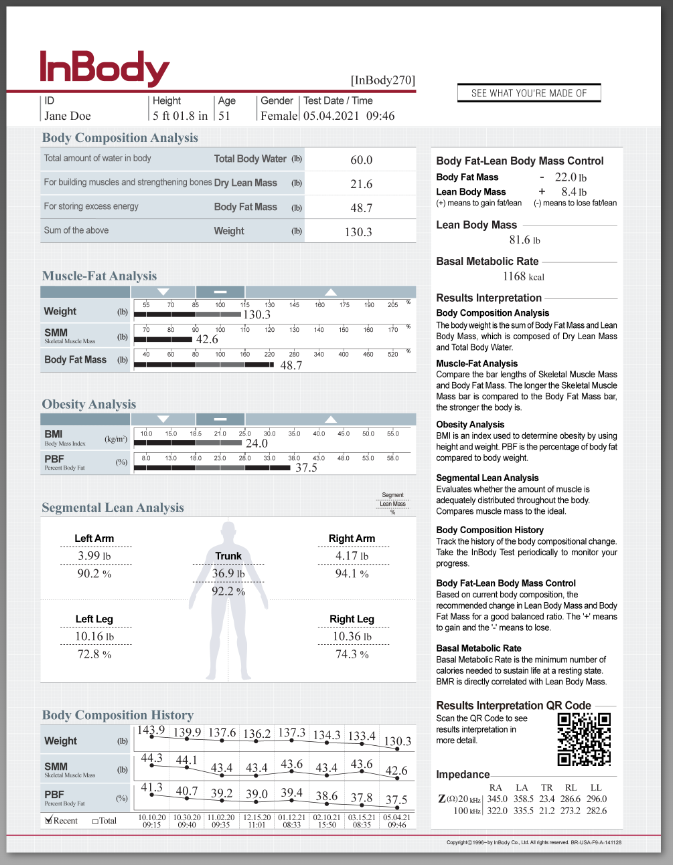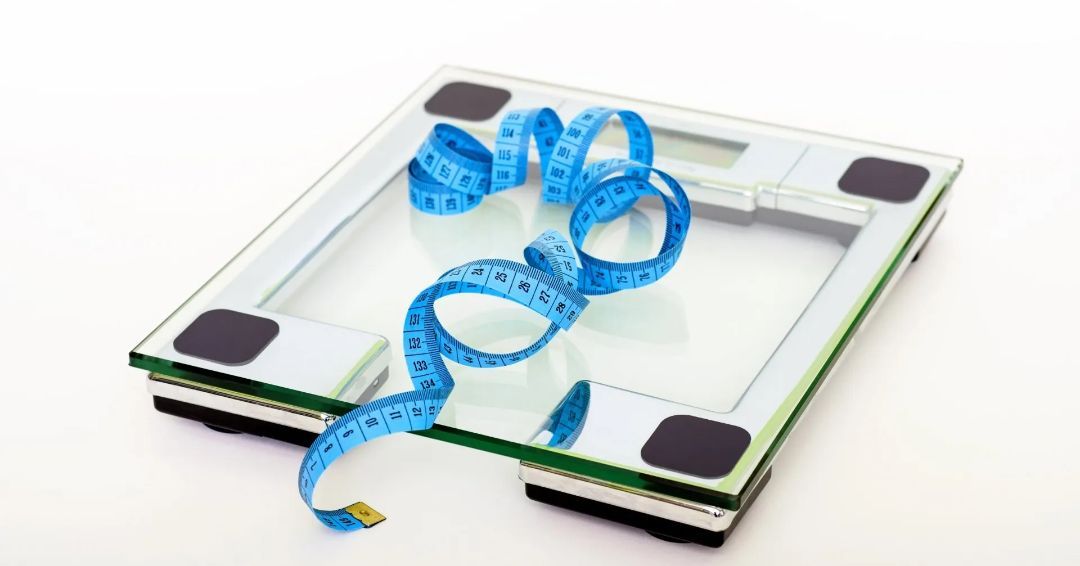Beyond the single number on the scale
Unlocking the Power of Body Composition with Bioelectrical Impedance Analysis
When embarking on a journey to improve your health, fitness, or appearance, understanding your body composition can be a game-changer. While a standard scale provides a single number—your weight— bioelectrical impedance analysis (BIA) offers a detailed breakdown of what that weight consists of, giving you valuable insights to guide your efforts.
The Limitation of Standard Scales
A standard scale can tell you your total body weight, but it falls short in revealing the intricate details of what makes up that weight. Are you carrying more muscle, fat, or water? Without this information, it's challenging to make informed decisions about your diet, exercise, and overall health. You might lose weight, but if it's primarily muscle mass you're shedding, the results could be counterproductive to your goals.
The Value of Body Composition Analysis
This is where BIA steps in. Bioelectrical impedance analysis (BIA) is a method for measuring body composition, including muscle mass, body fat, and total body water. Alternating low and high-frequency electrical currents are sent through the water in the body via contact with electrodes to measure impedance. The impedance is used to determine total body water, which can then be used to derive your fat-free mass—the portion of your body that does not contain fat, including your muscle and bone—and finally, body fat.
At CFE we have two BIA devices, the InBody 270 and the InBody Dial.
The Inbody Dial provides measurements for body composition outputs that include weight, percent body fat, skeletal muscle mass and BMI.
The InBody 270 is a sophisticated body composition analyzer that provides a comprehensive overview of your body, including:
- Muscle Mass: Understand how much muscle you have in different parts of your body.
- Body Fat Percentage: See the proportion of your weight that comes from fat.
- Segmental Lean Analysis: Get a breakdown of muscle distribution in your arms, legs, and trunk.
- Body Water Content: Monitor your hydration levels.
An example of the full analysis sheet is inserted below.
One of the standout features of the InBody 270 is its ability to track changes over time. Regularly monitoring your body composition allows you to see how your body responds to different interventions. Are you losing fat while maintaining muscle mass? Is your muscle mass increasing in targeted areas?
These insights are crucial for anyone looking to lose weight, build muscle, or simply improve their overall health. By understanding your body composition, you can tailor your diet and exercise routines to target specific areas, ensuring that your weight loss or muscle-building efforts are effective and sustainable.
Preparing for an InBody Test
To get the most accurate results from an InBody test, it's essential to prepare correctly. Here are some tips to ensure your readings are as precise as possible:
- Hydrate Properly: Drink plenty of water the day before your test, but avoid excessive drinking right before the test.
- Avoid Eating and Exercise: Refrain from eating and vigorous exercise for at least 2-3 hours before your test.
- Use the Bathroom: Ensure you empty your bladder before the test.
- Consistency is Key: Try to take the test under similar conditions each time, such as the same time of day and similar hydration levels.
- Minimal Clothing: Wear minimal clothing for the test to avoid adding extra weight and ensure the electrodes have direct contact with your skin.
- Remove Metal Accessories: Metal can interfere with the test, so remove any jewelry, watches, or other metal objects.
By following these preparation steps, you can ensure that your InBody test provides the most accurate and useful information possible.







